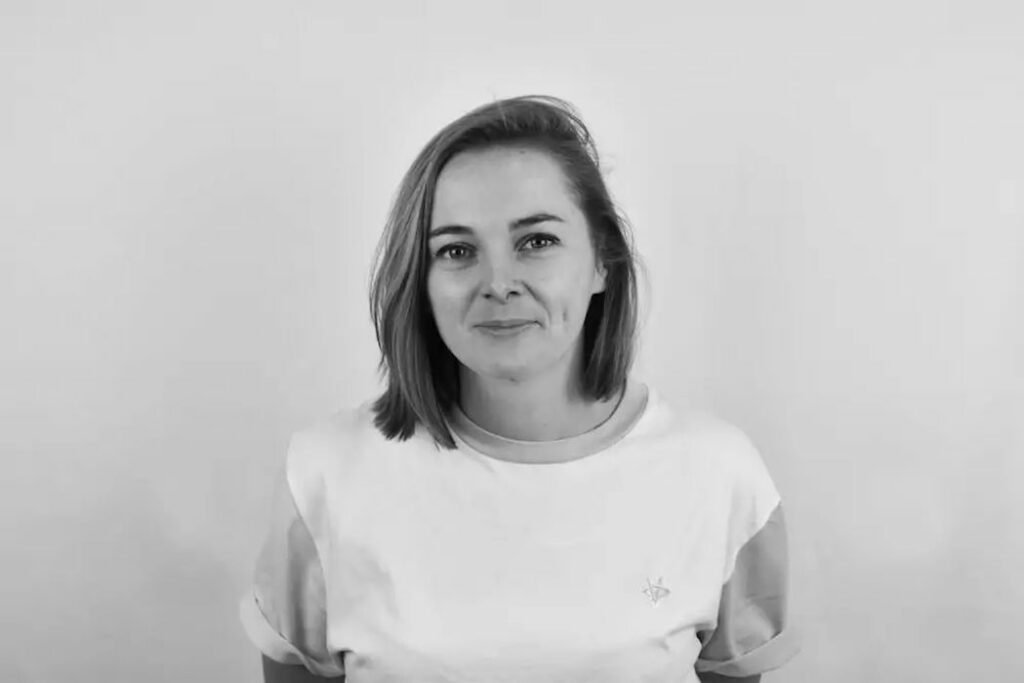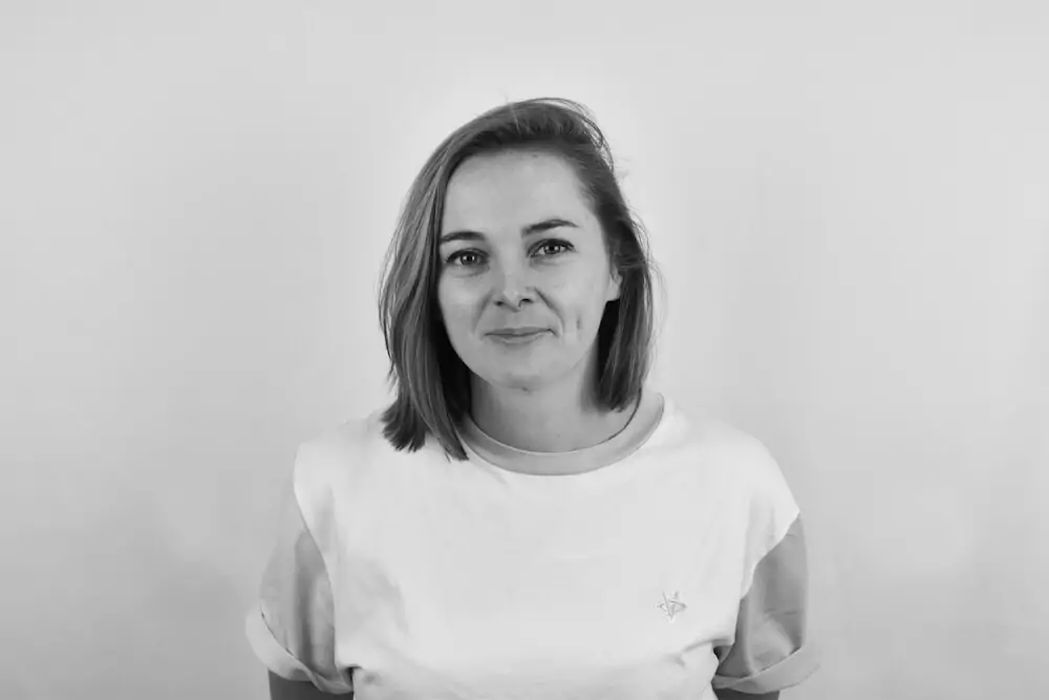
A 3D print service must do far more than just the 3D printing.
I’m reading an interesting story from Sculpteo about their Sculpteo Studio operation. Sculpteo is a BASF company that began as a 3D print service.
3D print services are all over the place, and the business model is straightforward: if you can’t afford or know how to run a 3D print of your own, then have the 3D print service do it for you with their extensive operational experience and already-purchased equipment. For many it’s a lot cheaper — and faster — to do so, rather than figuring out how which machine to buy and train people to run it properly.
For a 3D print service, implementing this model should be straightforward: get some 3D printers in a facility, hire a couple of operators, and profit!
But, alas, it’s not that simple. Not at all.
There are two challenges. The first is simply marketing: how do you convince customers to use your service? That’s an entire story unto itself.
But the second challenge is related to the Sculpteo post.
Upon opening a 3D print service, print requests begin to arrive. Then you print them, right?
No, you don’t. That’s because a big percentage of them will be unprintable. They are unprintable because the requestors by definition often don’t want or know how to 3D print. They often don’t know what is printable and what is not printable.
This requires the 3D print service to at the very least set up some kind of inspection service, manual or automated. The inspection would determine if an incoming 3D print request is indeed compatible with the materials and equipment used by the service. Sometimes the customer may request a certain type of 3D printing be done, but it may be redirected to another type based on the nature of the job.
Almost every 3D print service has to do this, and Sculpteo is no exception. Having been around for a decade, the company has quite a bit of experience in this area. In fact, they’ve supercharged the process by setting up Sculpteo Studio to handle this and other functions.
Sculpteo describes the unit as:
“From prototyping to production, put Sculpteo’s 10+ years of experience to work for your company with our 3D printing specialists at your side.
Sculpteo Studio’s team is here to support you at any stage of your project, from helping you identify the 3D printing opportunities of your company to the manufacturing process of your finished parts. Our 3D printing experts will offer you freedom in design, flexibility in production, and responsiveness throughout your project.”
See how they’re doing this? Instead of waiting for the customer to submit invalid print requests, they could instead work with the customer BEFORE the jobs are submitted to ensure they are properly formed. This makes the printing operations run much more smoothly.
Head of Sculpteo Studio Manon Le Moal-Joubel explained exactly what they do:
“Provide additive manufacturing design services. We follow up with the client from the start of the project to its production, etc. In this process, we bring all of our knowledge in material and DFAM (design for additive manufacturing). We create the 3D files needed and follow up with production on all the specifications and requirements.
On another side, we provide consulting services. Our clients prefer to make their own 3D files for some projects, and we provide advice and support based on needs.
Finally, we also provide a training service. We create specific and adaptable training as required by each client’s needs.”
There’s another benefit from this approach. Customers tend to not “think additive”, and thus generally do not on their own come up with the most ingenious designs that truly leverage the technology. Sculpteo Studio provides a variety of consulting services ranging from ideation to simulation to production, all of which could be entirely unfamiliar to the customer.
This allows Sculpteo to generate more business with companies that might not have considered additive solutions at all on their own. Additive manufacturing is still a scary / expensive / unknown technology to many manufacturers and a 3D print service should take steps to make the transitions seem legitimate, comfortable and profitable.
Having such a consulting arm is really required by every proper 3D print service these days. I would be suspicious of a service that did not.
Back to the marketing challenge described above: the presence of a consulting unit also partially solves the marketing dilemma, because its presence opens the door to many more companies that might have never considered 3D printing technology as a solution for their business.
Via Sculpteo

